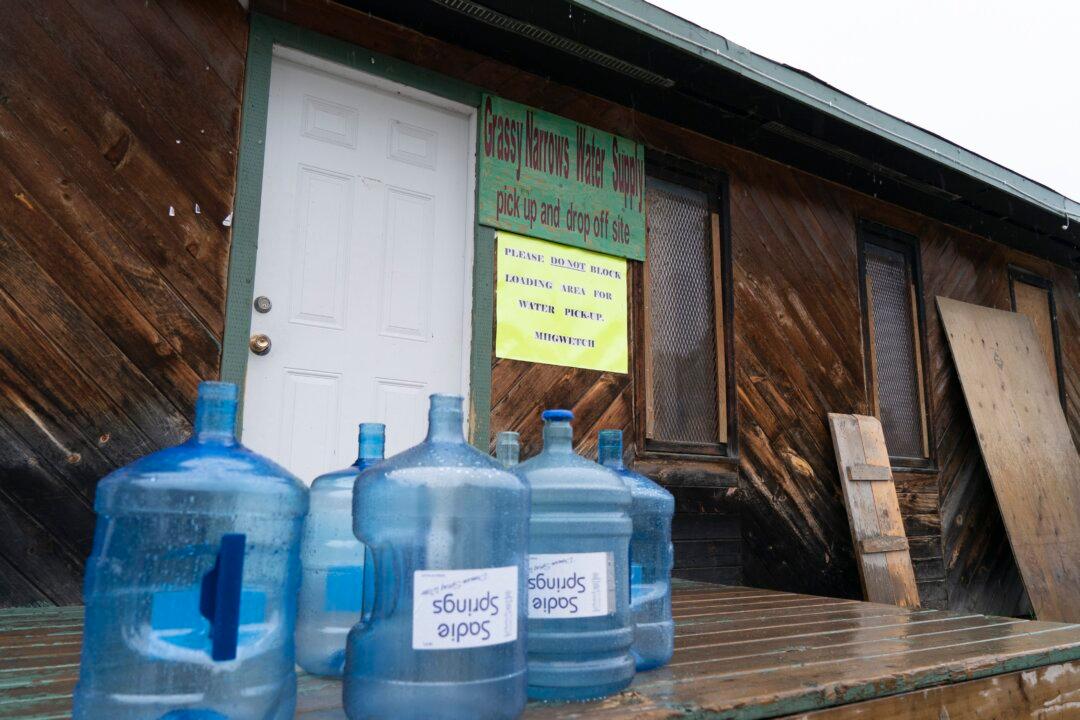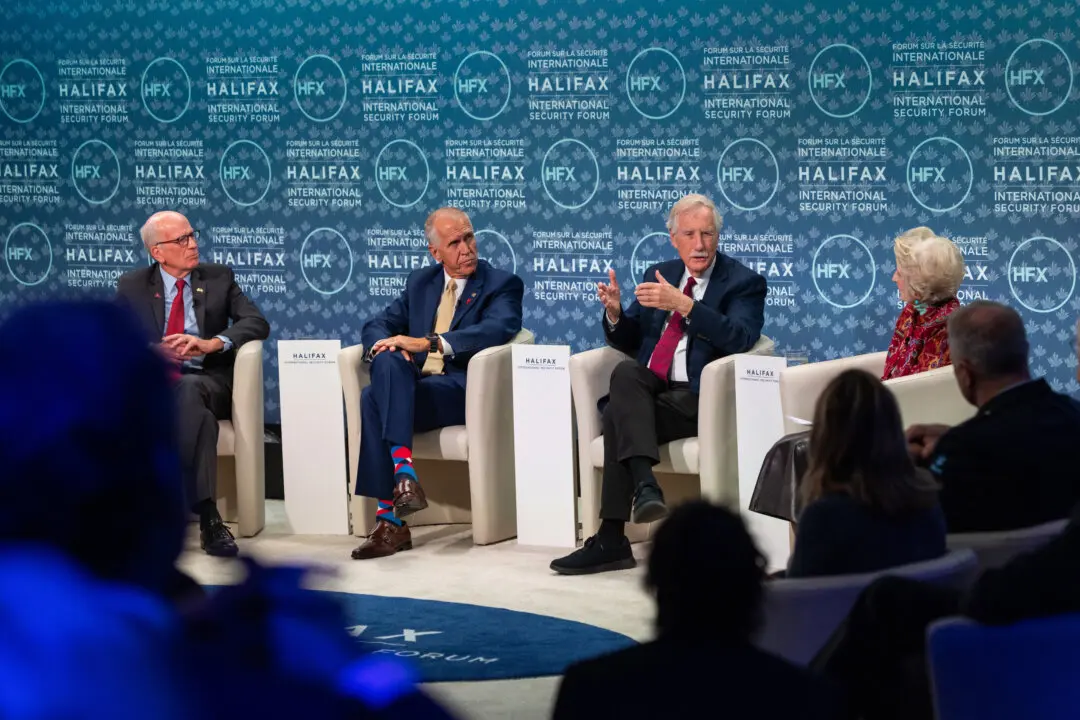The federal government has spent over $700 million to resolve boil-water advisories on First Nation reserves since taking office in 2015.
The details were disclosed in an Inquiry of Ministry of which analysis by The Epoch Times, based on data provided by Indigenous Services Canada (ISC), shows that $762,498,226.45 was spent since the fiscal year 2015/16 to eliminate long-term drinking water advisories in First Nations communities.





